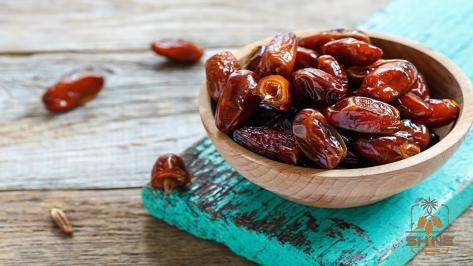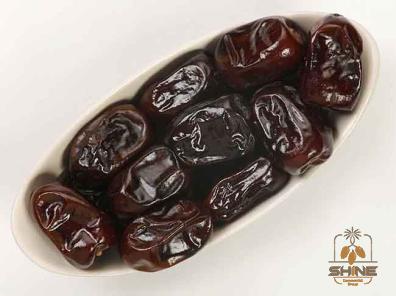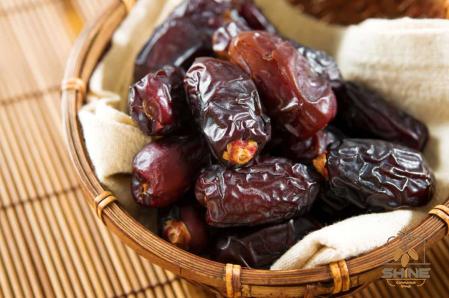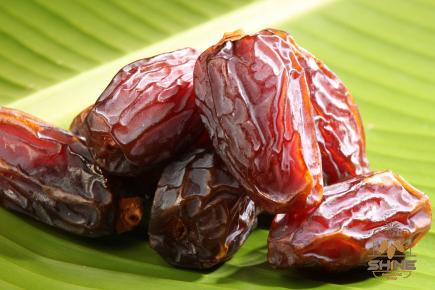When it comes to dry dates, most people are familiar with the traditional brown variety. However, in recent years, a new contender has emerged – yellow dry dates. These two varieties of dry dates may look similar, but they have their own distinct characteristics and nutritional profiles. In this article, we will explore the differences between yellow dry dates and brown dry dates, and help you determine which is the best choice for your health.
.
Section 1: What are Dry Dates? Dry dates are simply dates that have been dried and dehydrated, resulting in a longer shelf life and concentrated sweetness. They are a popular snack in many cultures and are known for their rich flavor and numerous health benefits. Dry dates are packed with essential nutrients, including vitamins, minerals, fiber, and antioxidants, making them a valuable addition to a healthy diet.
..
Section 2: Yellow Dry Dates – Appearance, Flavor, and Texture: Yellow dry dates, also known as golden dry dates, are a relatively new variety that has gained popularity in recent years. As the name suggests, yellow dry dates have a bright golden color, which sets them apart from the traditional brown dry dates. In terms of flavor, yellow dry dates are milder and slightly less sweet compared to their brown counterparts. They have a smooth and moist texture, making them easier to chew and enjoy. Section 3: Brown Dry Dates – Appearance, Flavor, and Texture: Brown dry dates are the more common variety that most people are familiar with. They have a dark brown color and a wrinkled, dry appearance. Brown dry dates have a more intense flavor compared to yellow dry dates, with a deep caramel-like sweetness. They also have a slightly chewier texture due to the dehydration process. Section 4: Nutritional Comparison: Both yellow dry dates and brown dry dates offer a range of health benefits, but they do differ slightly in terms of their nutritional profiles. – Calories: Yellow dry dates and brown dry dates have a similar calorie content, with approximately 282-290 calories per 100 grams. This makes them a calorie-dense food, so it’s important to consume them in moderation if you are watching your calorie intake.
…
– Fiber: Both varieties of dry dates are excellent sources of dietary fiber, which is essential for digestive health. Yellow dry dates contain about 6.7 grams of fiber per 100 grams, while brown dry dates contain slightly more at around 7.7 grams per 100 grams. – Vitamins and Minerals: Yellow dry dates and brown dry dates are both rich in vitamins and minerals. They are particularly high in potassium, which is important for maintaining a healthy heart and blood pressure. Yellow dry dates also contain more vitamin C compared to brown dry dates. – Antioxidants: Antioxidants are compounds that help protect our cells from damage caused by free radicals. Both yellow dry dates and brown dry dates are packed with antioxidants, which can help reduce the risk of chronic diseases like heart disease and certain types of cancer. Section 5: Health Benefits: 1. Digestive Health: The high fiber content in yellow dry dates and brown dry dates promotes healthy digestion and prevents constipation.



